Our History
Explore the role the Maudsley Charity has played in mental health since 1247
We can trace our roots back to 1247, when the Priory of St Mary of Bethlehem was established in Bishopsgate – on the site which is today Liverpool Street Station in the City of London.
In this timeline you can explore over 750 years of our history and discover what makes us who we are. The sources used here include historical quotes and as such do not reflect language we use today.
History of the Maudsley Charity
1247: Bethlem Founded
Alderman Simon FitzMary, a former Sheriff of the City of London, provided both funding and land for the priory which was linked to a religious order. The priory is the earliest form of what eventually became Bethlem Hospital. The names 'Bethlem’ and 'Bedlam', by which it became known, are variants of Bethlehem.

1360: A refuge for the sick and infirm
By the mid-14th century the priory was being used as a refuge for the sick and infirm and possibly being used as a hospice for travellers. Towards the end of the 14th century, people with mental illness were accommodated in the hospital for the first time.
1403: A hospital for the insane
In 1403 Bethlem was first referred to as a hospital for 'insane' patients, and since then it has had a continuous history of caring for people with mental health issues. Records from 1403 show that, among others, the hospital housed six ‘mentally disturbed’ men. At this time, there was little provision for the mentally ill in Europe.
1547: Control by the City of London
In 1547 King Henry VIII granted the 'custody, order and government' of the hospital of Bethlem to the City of London, as one of the five 'Royal' hospitals re-founded after the Reformation.
1676: The new Bethlem
The hospital needed new premises, partly to cater for increased numbers but also because the existing building was 'very old, weak and ruinous'. From Bishopsgate, Bethlem was first re-sited in 1676 to a magnificent baroque building in Moorfields, designed by Robert Hooke. It was the first purpose-built hospital for the 'insane' in the country.

The grand pavilion style building, and the entrance gates featuring stone statues ‘Raving Madness’ and ‘Melancholy Madness’ created by Caius Gabriel Cibber, prompted crowds of visitors and inspired writers.
1733: Hogarth paints 'Bedlam'
In 1733 William Hogarth paints 'Bedlam' the last scene in his 'Rake's Progress'. A Rake's Progress is a series of eight paintings by Hogarth produced in 1732-33. The series shows the fall of fictional character Tom Rakewell, the heir of a rich merchant, who comes to London, wastes all his money on luxurious living, prostitution and gambling, and is imprisoned in the Fleet Prison and ultimately Bedlam.
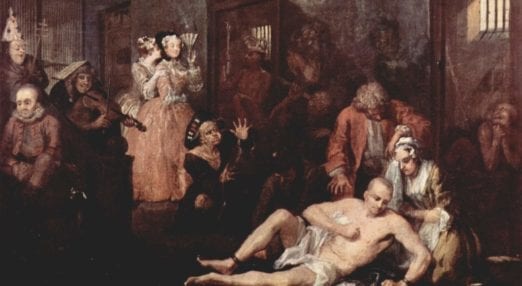
1815: St. George's Fields
By 1815, the increasing patient numbers and the crumbling building at Moorfields meant that Bethlem Hospital moved again, this time to St George's Fields, Southwark. A larger number of smaller wards in the new building allowed for a better system of classification, so that quieter patients and convalescents could be separated from the more seriously disturbed.

1845: The Lunacy Act
The Lunacy Act 1845 required counties to provide asylums, and most of Britain's psychiatric hospitals were built over the next 25 years.
In the mid-19th century there was more emphasis on opportunities for work and leisure as a means of facilitating recovery.
1857: Private patients welcome
In 1857, the hospital decided to no longer admit pauper patients who were now provided for in the county asylums. Bethlem remained a charitable hospital, giving preference to those with lower incomes. In 1882, the charity
commissioners permitted, for the first time, the admission of a few paying patients.
1908: Henry Maudsley
Dr Henry Maudsley, an eminent psychiatrist, urged the London City Council to establish a "fitly equipped hospital for mental diseases". He offered them £30,000 (subsequently increased to £40,000) towards the costs. His vision was for an urban centre for a hospital rather than an asylum and for university psychiatric teaching and research. The vision lives on today through the work of South London and Maudsley NHS Foundation Trust, King’s College London and the Maudsley Charity.

1915: Maudsley Hospital built
Work on the Maudsley was completed, by which time building costs had risen to £69,750. Six wards (two for assessment and four for treatment) housed 144 beds rather than the 108 originally planned. The red-brick Portland stone design resembled a district general hospital or town hall rather than a prison or asylum.
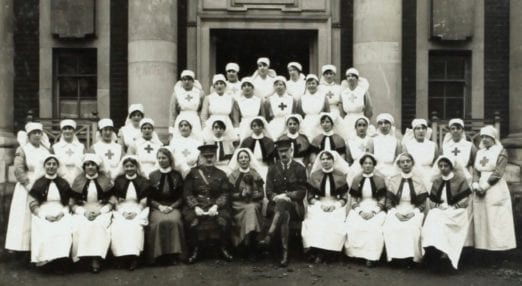
Before its completion, the hospital was requisitioned by the War Office to deal with the military casualties of the First World War.
1923: Maudsley Hospital opens
Following the end of the First World War the hosptial was returned to the control of London County Council and finally opened in February 1923. The hospital offered treatment for both early and acute cases and had an out-patient clinic. It also housed teaching and research. The Maudsley had a good reputation for training nurses and applicants even travelled overseas to train there.
Within ten years, the associated Maudsley Hospital Medical School was officially recognised by the University of London.
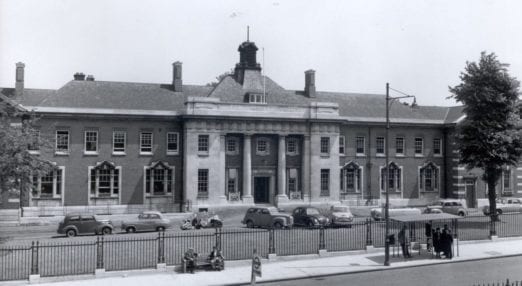
The School awarded one of the first Diplomas in Psychological Medicine in the English-speaking world, thereby formalising psychiatry as a specialist discipline of Medicine in the Commonwealth.
1930: Bethlem in Beckenham
In 1930, the Bethlem Royal Hospital relocated to Beckenham in the London Borough of Bromley, where it is still based today. The move to a former country estate gave Bethlem its fourth incarnation. The site comprises 265 acres, featuring bluebell woods and an orchard. The Maudsley Charity has contributed to significant projects across the site including funding building projects, outdoor gym equipment and an occupational therapy garden.
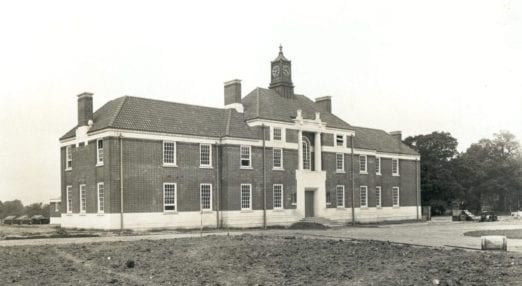
In 2015 the Maudsley Charity provided a £1.5 million donation was for the relocation of the Bethlem Gallery and Museum to the listed hospital administration building.
1948: NHS formed
The Maudsley joined with the Bethlem Royal Hospital to become partners in the newly established NHS as a postgraduate psychiatric teaching hospital. The Maudsley Medical School became a founding member of the British Postgraduate Medical Federation and changed its name to the Institute of Psychiatry.
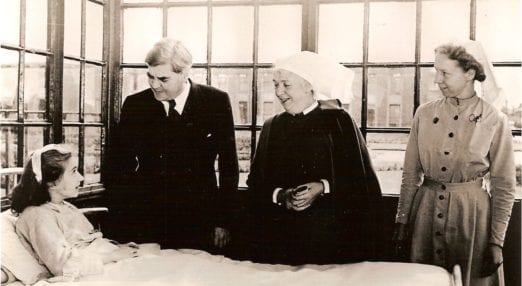
On 5 July 1948 the NHS was launched as a way of making good healthcare available to all, regardless of wealth. It was the first time, anywhere in the world, that free healthcare was available to all on the basis of citizenship, rather than payment of fees or insurance.
1997
The Institute of Psychiatry becomes a school of King’s College London.
1999: New NHS Trust formed
South London and Maudsley NHS Foundation Trust (SLaM) was formed, following the reconfiguration of community and mental health services in south east London. SLaM was formed from the merger of three organisations: Bethlem & Maudsley, Lambeth Healthcare and Lewisham and Guy's NHS Trusts.
The Trust was established to provide mental health and substance misuse services in the London Boroughs of Croydon, Lambeth, Lewisham and Southwark, as well as specialist services to people from across the UK.
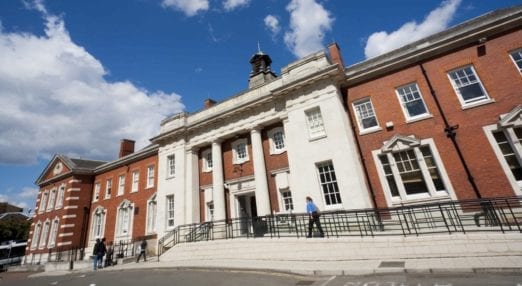
2007
Funding from the National Institute for Health Research sees the creation of the NIHR Maudsley Biomedical Research Centre (BRC), delivered in partnership between SLaM and King’s College London. The Maudsley Charity has supported the BRC through more than £1.8m grant funding to provide research and treatment.

2009: King's Health Partners
SLaM becomes part of King’s Health Partners, Academic Health Science Centre, a partnership between King's College London, Guy's and St Thomas', South London and Maudsley and King's College Hospital NHS Foundation Trusts.
2012
£4.7m of funding was provided to support experimental medicine facilities within a new NIHR/Wellcome Trust King’s Clinical Research Facility (CRF) based at King’s College Hospital. The CRF is the first of its kind in the world to be specifically designed to support mental health and neurosciences clinical trials. The Maudsley Charity supported the CRF through a grant of £1m.
2013
Maudsley Charity builds the ORTUS centre for events and education. The building exists to support the work of the Maudsley Charity, our hospital and university partners – South London and Maudsley NHS Foundation Trust and King’s College London.
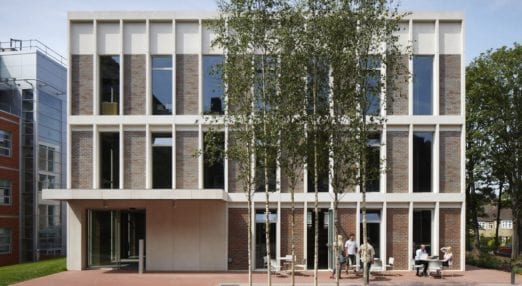
2014
The remit of the Institute of Psychiatry was broadened to include all brain and behavioural sciences, and was renamed the Institute of Psychiatry, Psychology & Neuroscience.
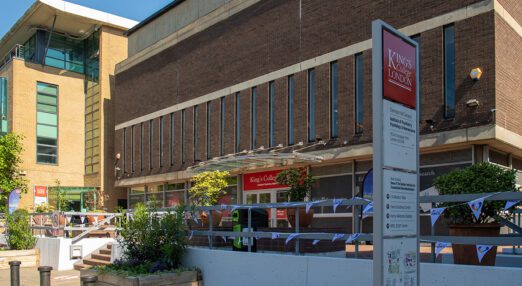
2018
Maudsley Charity becomes an independent hospital charity. The new board combines senior representatives of the hospital Trust with new independent Trustees.

Find out more about Maudsley Charity
-
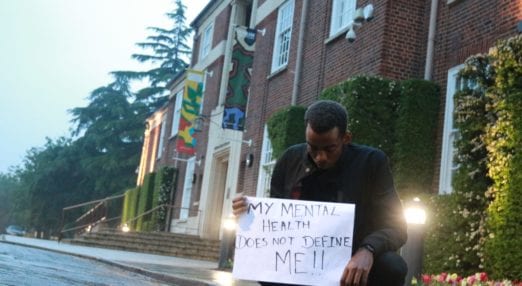
Our strategy
We are ‘Backing Better Mental Health’ by funding the ideas that will make a difference. Our Strategy details our plans and ambitions from 2019 - 2024 and beyond
Read more
-

Our Impact
Find out more about the impact of our funding through 360Giving, reports and publications including our Annual Report.
Read more
-

Case studies and stories
At Maudsley Charity we fund and promote ideas, collaborations and teams that give people most affected by mental ill-health the best chance to recover and fulfil their potential.
Read more
